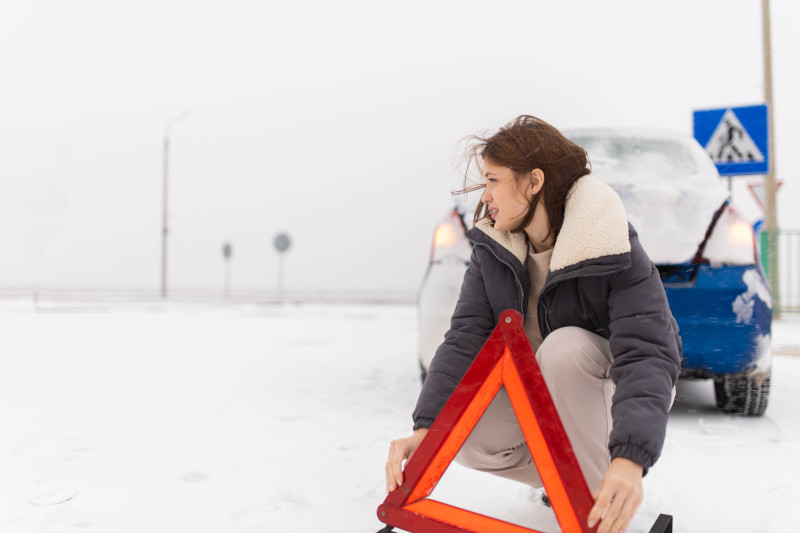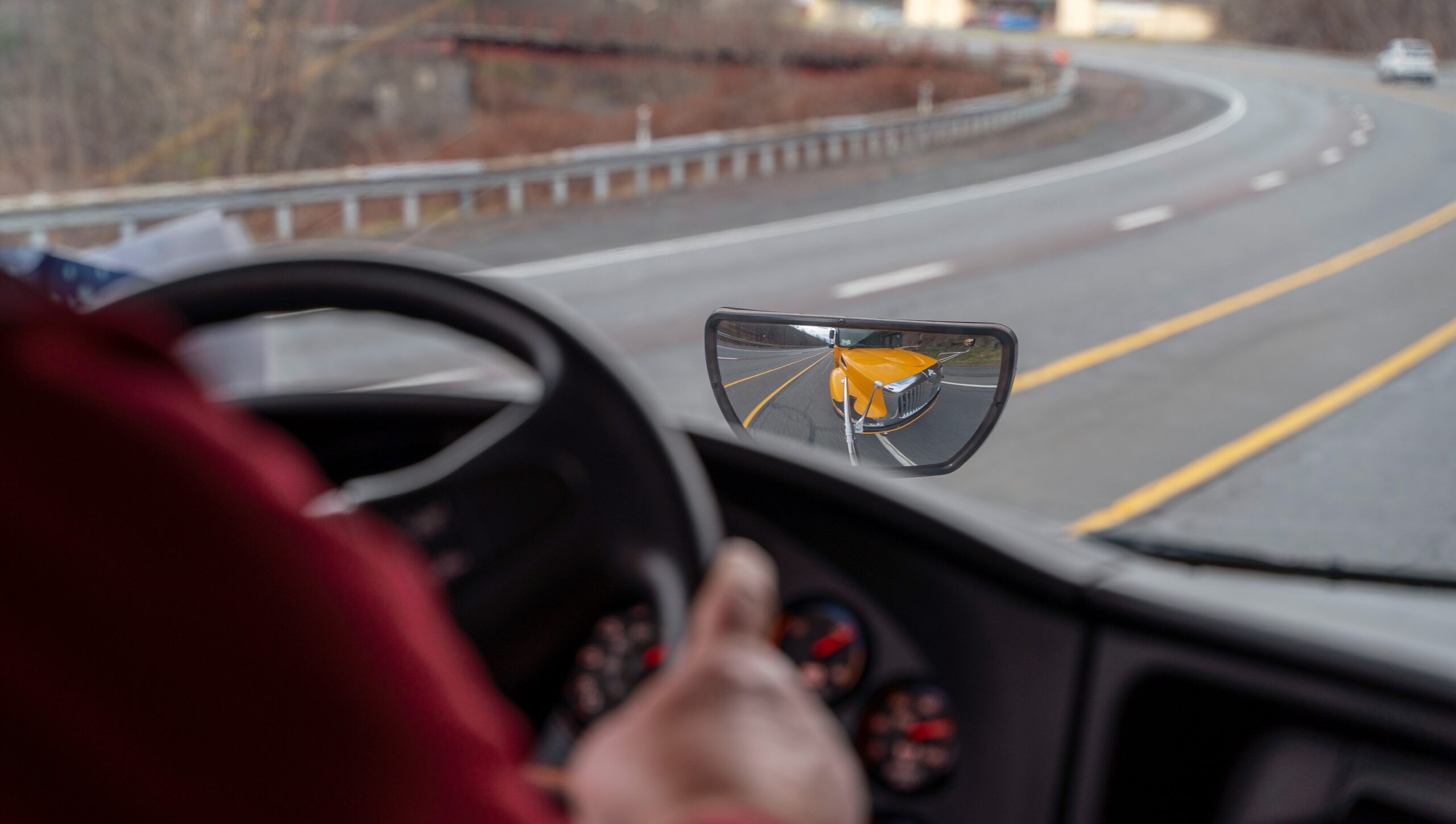Keep drivers safe in the winter

Driving problems can happen at any time, of course, but they are more likely to occur during the winter than during other seasons of the year. Whether your staff members are transporting students or simply driving themselves to, from and between locations, you want them to take the necessary precautions, so they don’t put themselves and others in danger.
The following are some of the steps every driver should take to be prepared for the unexpected during the winter:
- Prepare a winter emergency kit. Your kit should include not only items that will help you attend to your vehicle, but also those that will keep you warm and allow you to find help. Stock your emergency kit with:
-
- A battery jump starter or jumper cables.
- Heavy blankets.
- Gloves and a warm hat.
- A first aid kit.
- Road flares, a reflective triangle or another item that will allow you to signal to other vehicles.
- Flashlights and extra batteries.
- A collapsible shovel and items that will help you gain traction, such as sand or cat litter.
- Plastic bags.
- A portable cellphone charger.
- Keep food and water stored in your vehicle. You should have at least a half-gallon of water per person in case you become stranded. Stock non-perishable snacks that have a high amount of protein, such as protein bars, cereal, granola and dried fruit.
- Prepare your vehicle for the winter. This includes:
-
- Keeping your gas tank at least half-full to prevent water vapor collecting inside the tank, which may cause fuel lines to freeze. Note, if you keep your vehicle idling in a snowstorm, always clear snow away from the tailpipe so carbon monoxide gases don’t recirculate under and then inside your vehicle.
- Using windshield washer fluid that is appropriate for cold temperatures, and keeping extra fluid stocked in your vehicle.
- Making sure your headlights and other vehicle lights are working properly.
- Clearing snow from all windows and surfaces of your vehicle, including the hood and roof.
- Replacing your windshield wipers at least annually as a preventative maintenance measure. If it is snowing, raining or sleeting, you want to ensure you can clear your windshield appropriately.
- Having your vehicle serviced to ensure all essential systems are in proper working condition, including your battery, alternator, belts, hoses, brakes and brake lines, and exhaust.
- Checking your tires’ tread depth at the beginning of the season, and periodically making sure they are inflated properly.
- Drive appropriately during the winter. If it is snowing or icy, stay on main roads—back roads are less likely to be plowed or treated as often as the more-traveled roads. You should also avoid using cruise control, because you will want to have as much control over your vehicle as possible. If 4-wheel drive or all-wheel drive (AWD) is not automatic, the option should be placed to “on” before you become stuck or lose traction. Slow down and increase the following distance, and avoid sudden stops and starts.
Check out our other resources to help prepare for winter driving.




